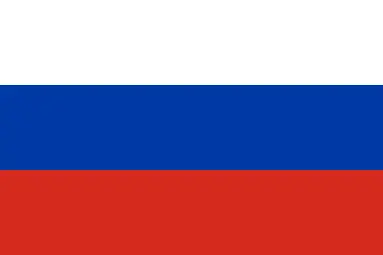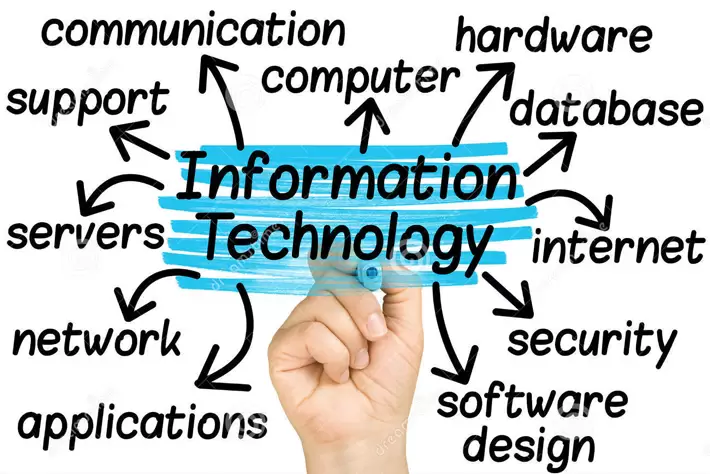What is Information Technology?
Information Technology (IT) is a collection of technologies used for gathering, storing, processing, and transmitting information. This field primarily includes computers, networks, software, cloud technologies, and other digital solutions. IT has become an integral part of modern life, widely used in both individual and organizational activities.
The primary goal of IT is to enable people to manage information more effectively. For example:
- For businesses: Automating operations, improving customer experience.
- For individuals: Simplifying daily life, providing quicker access to information.
Information technology forms the foundation of innovation and development.
The History of Information Technology
The development of information technology spans from ancient times to the present day. Its main stages are outlined below:
-
The earliest period: People used stone inscriptions, papyrus, and other methods to record information. These were the first methods of "information storage."
- Mechanical device era: In the 17th century, mechanical calculators were invented, laying the foundation for IT by simplifying calculations.
- Electronic computer era: Mid-20th century saw the creation of the first electronic computers (e.g., ENIAC), ushering in a new era in information processing.
- The advent of the Internet (20th century): The foundation of the internet was established in the 1960s, making IT globally accessible.
- The digital era (21st century): Mobile devices, artificial intelligence, cloud technologies, and blockchain have become key IT development areas.
The history of information technology shows that this field continuously evolves and impacts every aspect of society.
Career Opportunities in IT
The IT field is one of the most in-demand professions today. Here are the main areas where you can work:
-
Programmer
Programmers develop applications and software. This field requires proficiency in programming languages like Java, Python, and C++. Programmers lead the way in web applications, mobile games, and other technologies.
-
Network Administrator
Network administrators build and manage companies' network systems, ensure security protocols, and resolve technical issues.
-
Data Analyst
This profession involves data analysis. Companies turn to data analysts for support in making strategic decisions.
-
Cybersecurity Specialist
Ensuring network security is the main focus of this field. Cybersecurity specialists prevent data breaches.
-
Artificial Intelligence Specialist
Jobs related to AI and machine learning are in high demand. This area focuses on robotics and automation.
Key Components of Information Technology
Various components are required for IT to function effectively. Together, they create a system that ensures efficient information management:
-
Computer Hardware
Physical devices like processors, hard drives, memory cards, and network devices.
-
Software
Programs used for computer operation, including operating systems (Windows, Linux) and application software.
-
Networks
Networks (Wi-Fi, LAN, WAN) used for information transmission are integral to IT.
-
Databases
Used for storing and managing information, such as SQL and MongoDB systems.
-
IT Specialists
Human resources who manage technology and solve problems are among IT's most critical components.
IT Departments
-
Infrastructure and Network Management Department
This department ensures the proper functioning of the company's networks and technological equipment.
Responsibilities:
- Managing servers.
- Configuring and repairing network equipment.
- Ensuring stable internet connectivity.
- Establishing intranet systems.
-
Software Development and Optimization Department
Focuses on creating software and optimizing existing programs.
Responsibilities:
- Developing new applications and software.
- Fixing issues in existing systems.
- Updating and improving software.
- Implementing automation solutions.
-
Cybersecurity Department
Works to ensure data security.
Responsibilities:
- Protecting company networks from cyber threats.
- Managing antivirus and firewall systems.
- Applying security protocols to prevent unauthorized access.
- Organizing cybersecurity training.
-
Data Management Department
Manages the collection, storage, and analysis of information.
Responsibilities:
- Administering databases.
- Securing data storage.
- Supporting business decisions with analytical tools.
- Creating backups.
-
Technical Support Department
Provides technical assistance to users and resolves their issues.
Responsibilities:
- Maintaining IT equipment.
- Solving users' daily technical problems.
- Installing new equipment and software.
- Supporting employees with technological issues.
-
Project Management Department
Plans and manages technological projects.
Responsibilities:
- Delivering technological projects on time and within budget.
- Coordinating project teams.
- Managing risks and offering solutions.
-
Artificial Intelligence and Automation Department
Applies AI and automation technologies.
Responsibilities:
- Developing machine learning models.
- Automating digital processes.
- Implementing new AI-related technologies.
-
Cloud Technologies Department
Ensures the company's use of cloud-based solutions.
Responsibilities:
- Managing cloud services (AWS, Azure, Google Cloud).
- Securing and storing data in the cloud.
- Managing cloud-based applications.
-
Research and Development (R&D) Department
Focuses on implementing new technologies and developing technological innovations.
Responsibilities:
- Researching technological trends.
- Developing innovative solutions for the company.
- Testing the compatibility of new technologies.


.webp)




